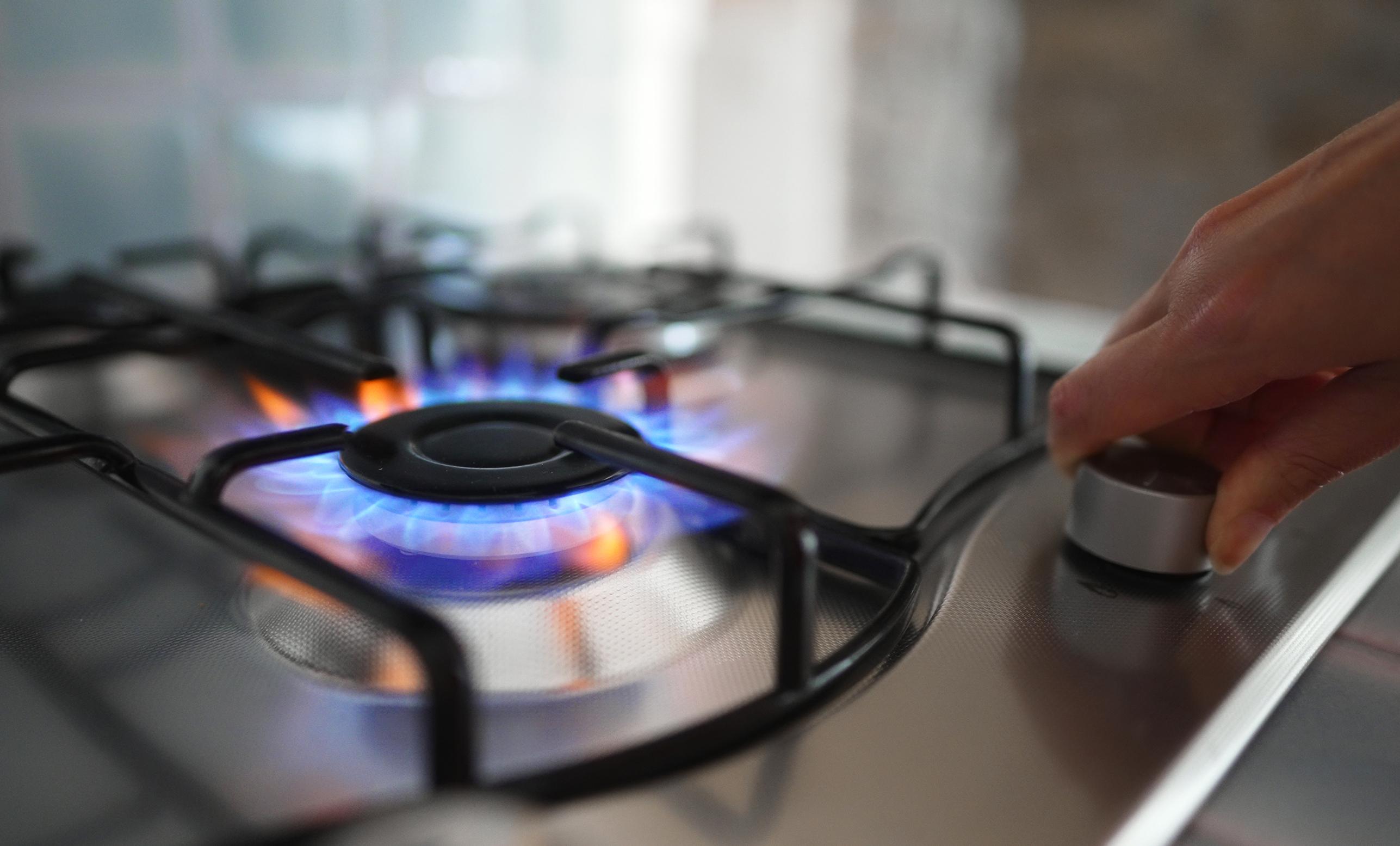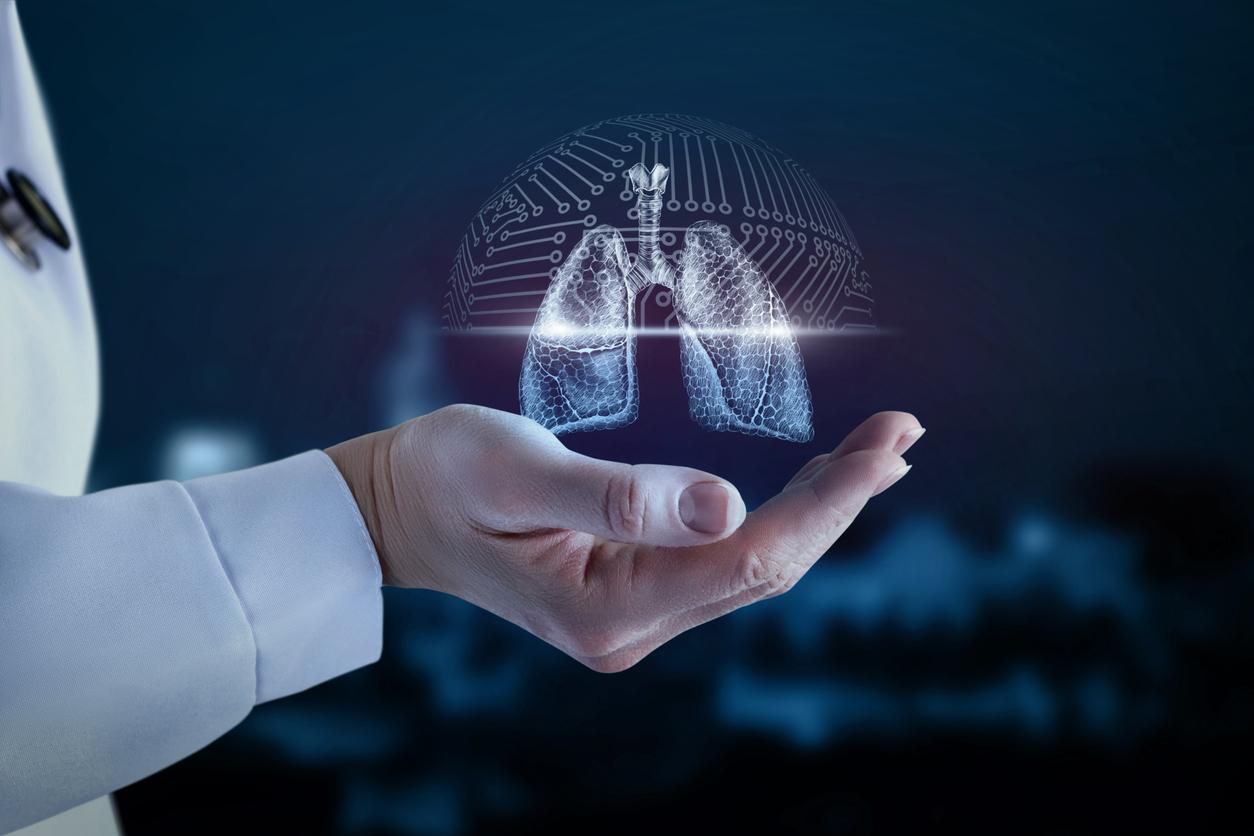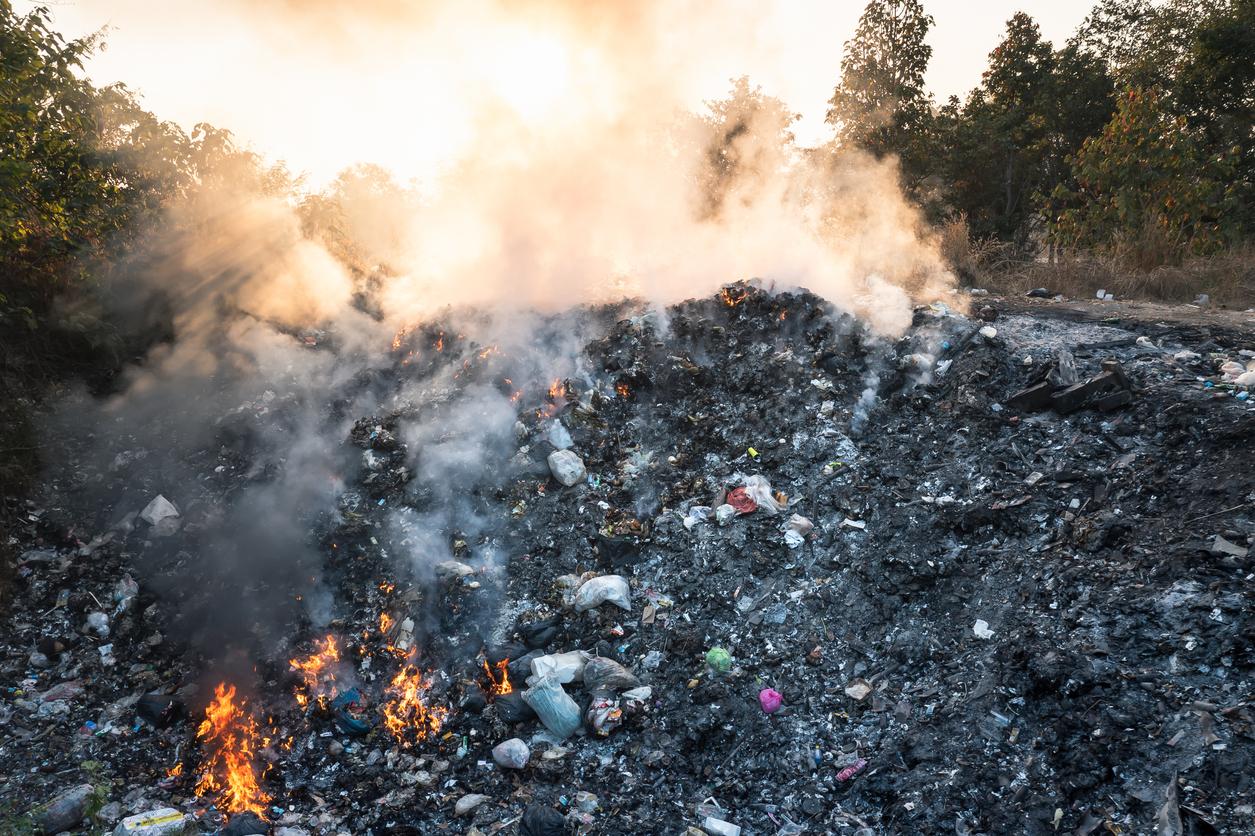An American study observed that people cooking with gas breathe more nitrogen dioxide, a pollutant harmful to health.

- Households that use a gas stove breathe excessively high levels of nitrogen dioxide.
- Asthma attacks may be intensified due to long-term exposure to nitrogen dioxide.
- People living in small apartments are more than four times more exposed to nitrogen dioxide than people living in larger homes.
Less and less common in homes, gas stoves can be powered by butane (city gas) or propane (bottled gas). Using this type of equipment can present various health risks. A study recently revealed that households with a gas stove breathe excessively high levels of nitrogen dioxide, a pollutant emitted during combustion phenomena.
Nitrogen dioxide: what are the health risks?
To reach this conclusion, researchers at the Stanford Doerr School of Sustainability (United States) used sensors to measure nitrogen dioxide concentrations in more than 100 American homes of varying sizes, layouts and methods. different ventilation before, during and after using the gas cooker.
The authors of the study, published in the journal Science Advances, then integrated these measurements and other data into a model using the CONTAM software from the National Institutes for Standards and Technology (NIST), which can simulate air circulation, transport of contaminants and exposure of occupants room by room. They were thus able to estimate national averages and short-term exposures to nitrogen dioxide, and compare these results with measurements taken in American homes.
Preliminary findings indicate that daily use of a gas stove increases exposure to nitrogen dioxide by about 4 parts per billion, on average over a year. “I did not expect that pollutant concentrations would exceed health standards in bedrooms within an hour of using a gas stove, and that they would remain there for hours after the stove has been turned off”said Rob Jackson, professor at the Stanford Doerr School of Sustainability and lead author of the study.
The health consequences of nitrogen dioxide are numerous. Breathing high levels of this pollutant can intensify asthma attacks, impair healthy lung development in children and lead to early death.

Greater exposure to nitrogen dioxide in small apartments
Another finding of the study: people living in small spaces, particularly in apartments of less than 75m2, are exposed four times more to nitrogen dioxide than those who live in larger houses. To reduce the risks associated with this pollutant, scientists have recommended ventilating your home as often as possible, and using a ventilation system when cooking with gas.

















